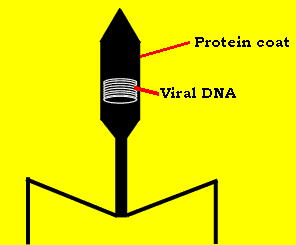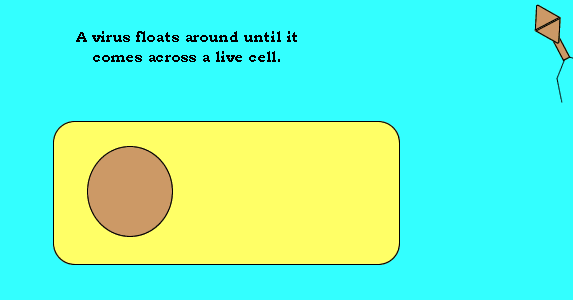How a virus attacks

A virus consists of a protein coat and genetic material. This is a simplified description of a virus.
Firstly a virus will land on the membrane of a target cell. Certain viruses attack specific types of cells only.
It will then inject its genetic material into the cell. This viral genetic material takes over the cell's functions and causes the cell to produce viral parts.
Next, the viral parts assemble into new viruses. As the viruses build up in the cell they burst through the membrane killing the cell and infecting many neighbouring cells.
Sourced from https://www.youtube.com/watch?v=SBfv-0g3EvE on 9.17 6/10/20
How does a virus recognise its host cell?
Why does a flu virus only infect cells lining the nasal area?
Outline the set of clear, sequential and logical steps that the virus takes in order to reproduce itself.
One virus can produce how many new viruses?
Why does the rapid multiplying virus not kill the infected person?


Let's look in more detail at the steps involved in a flu viral attack.
Firstly the virus enters a cell which shows compatibility with special structures on the virus surface. Once inside the cell, the virus breaks apart and releases its genetic material. This genetic material is a blue print for the making of new viral particles and their assembly into a virus.
Once the viral genetic material is in the nucleus it is copied by specialised molecules.
A copy of the viral genetic code moves out of the nucleus to little structures, just outside of the nucleus, known as ribosomes where the code is deciphered and viral particles are built and assembled
Once the viruses have been assembled they burst from the surface of the cell to infect millions of new cells.